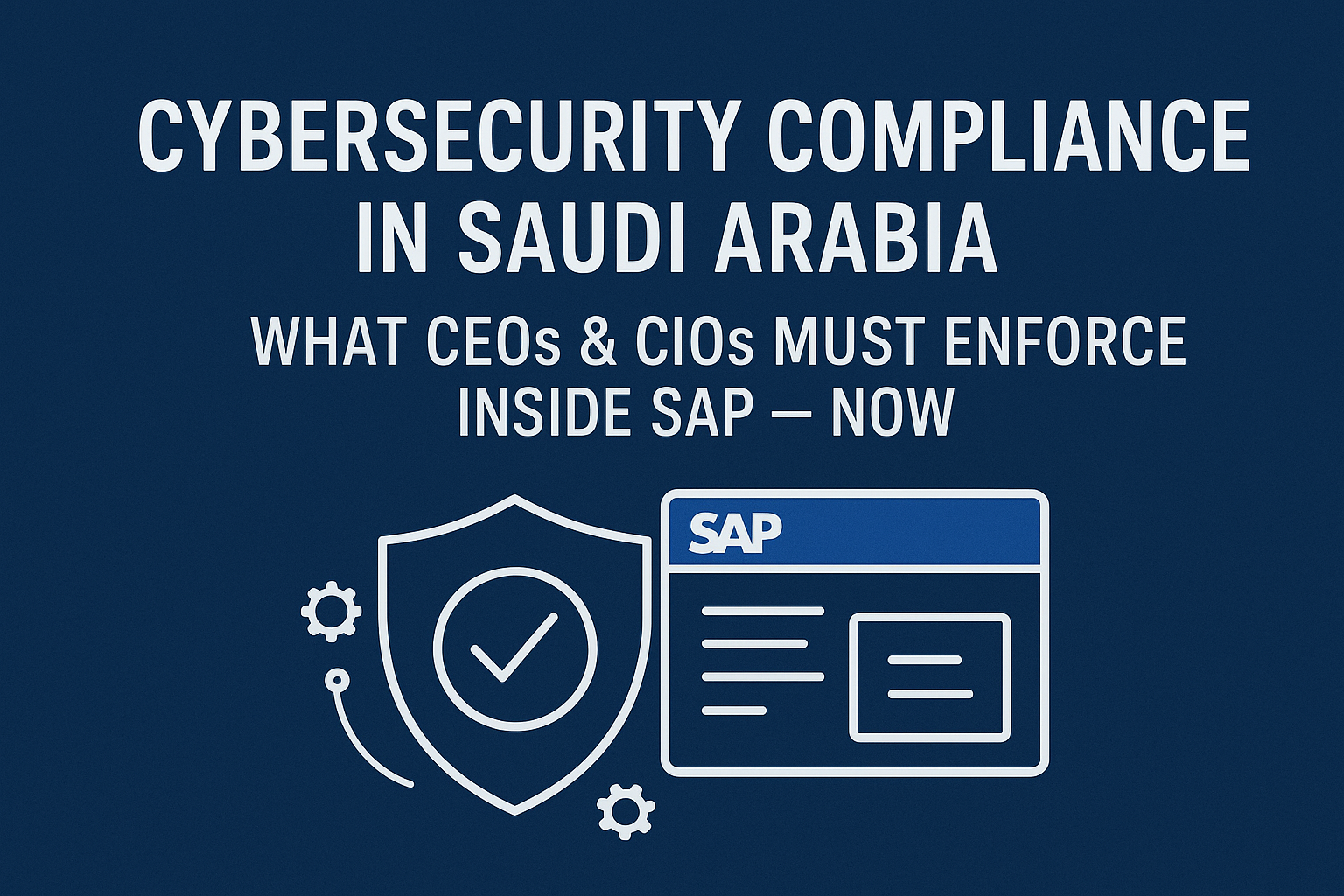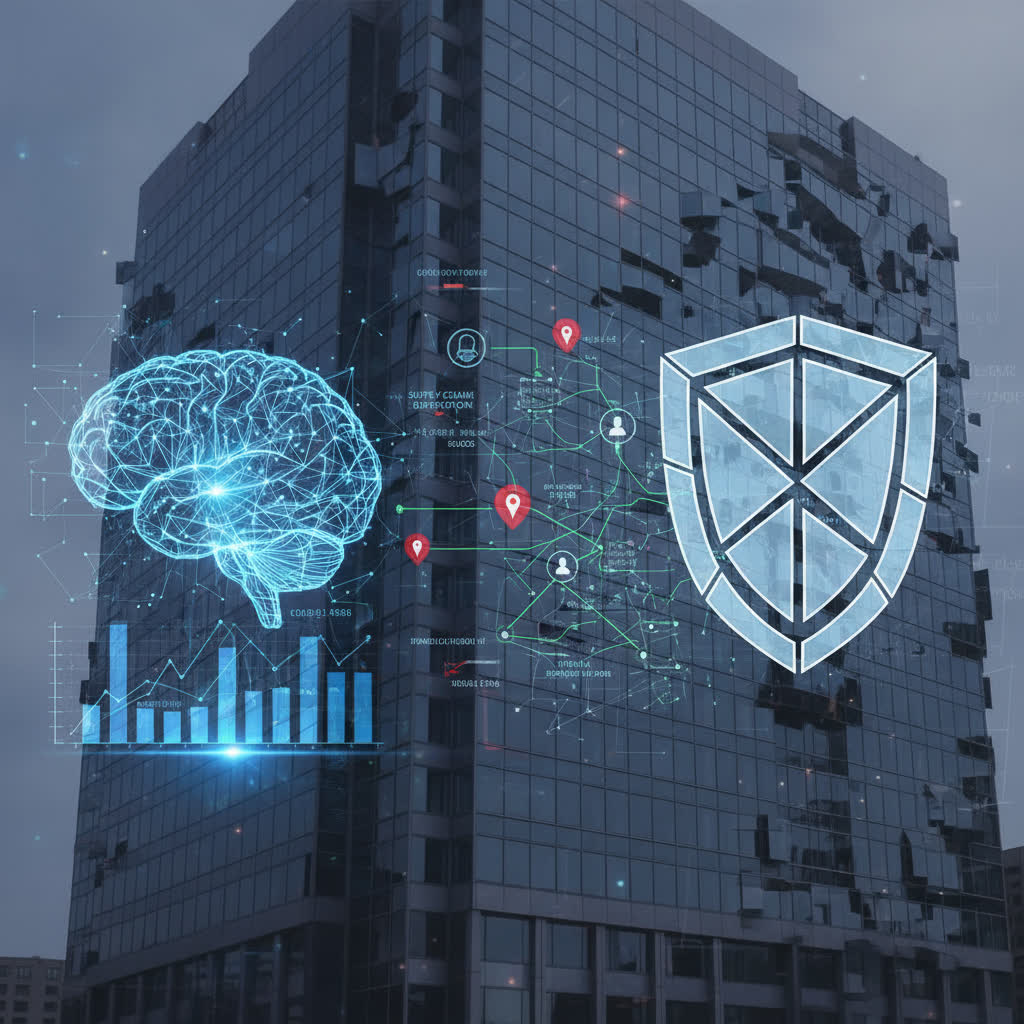Resilient organizations stand distinguished by their ability to anticipate, manage and respond to risks effectively, transforming uncertainty into opportunity. Risk management has moved from being a reactive activity to a strategic function, impacting not only business continuity but also operational efficiency and brand reputation. Modern organizations face a complex risk landscape, marked by increasingly sophisticated cyber threats, shifting regulatory climates and the growing challenges of digital transformation. To thrive, organizational leaders must prioritize robust risk management strategies, ensuring proactive defense mechanisms and continuous adaptation. Through focused investment in security frameworks, compliance processes and authorization controls, organizations can shape cultures of vigilance and preparedness, safeguarding stakeholder value even during times of change or disruption.
The Significance of Risk Management in a Digital Era
Technology has become integral to business operations worldwide. With this reliance comes the necessity for effective risk management practices, as digital infrastructures introduce new vulnerabilities and expand the potential impact of internal and external threats. The evolving landscape of cybersecurity demands attention to more than just external attackers; insider threats, accidental data exposure and configuration errors can all lead to substantial reputational or financial damage. Risk management must therefore encompass a comprehensive understanding of how people, processes and technology interact within an organization. This holistic approach enables continuous monitoring and responsive measures, supporting critical functions like decision-making, resource allocation and operational efficiency while aligning with regulatory compliance requirements and protecting sensitive assets.
Identity and Access Management: The Cornerstone of Secure Operations
One foundational element in mitigating business risk is the implementation and operation of Identity and Access Management (IAM). IAM frameworks provide a systematic approach to managing individuals’ digital identities and governing their access to applications, data and systems. By strictly controlling access rights, organizations can significantly minimize opportunities for unauthorized activities, data breaches or fraud. IAM not only supports compliance with legal frameworks such as GDPR and SOX but also improves operational agility, as it facilitates easier onboarding and offboarding, role changes and external collaboration. A well-architected IAM solution underpins virtually all risk mitigation strategies, ensuring that users are provided with necessary access while restricting their ability to exceed their assigned roles, thereby reducing potential exposure to both internal and external risks.
Authorization Concepts Tailored to Organizational Scale
Small-Market AuthorizationSmaller organizations typically operate with lean IT teams and more limited resources, yet they face risk management challenges comparable to those of larger enterprises. The Authorization Concept for S/4HANA Small-Market solutions addresses these needs by providing structured role design, streamlined user provisioning and proactive segregation of duties (SoD) conflict management. By implementing this tailored concept, small organizations are able to simplify compliance, reduce manual administration and minimize the chance of access violations. This approach empowers small businesses to achieve enterprise-grade security postures without the resource burdens typically associated with extensive in-house teams, enabling the focus to remain squarely on their core business activities and growth objectives.
Mid-Market Authorization Strategies Mid-sized organizations often maintain complex SAP landscapes alongside growing workforces and expanding data volumes. The Authorization Concept for S/4HANA Mid-Market is engineered to provide scalable and flexible access management frameworks, aligning with organizational growth and changing compliance requirements. These strategies support automated access provisioning, manage nuanced role hierarchies and enforce SoD policies. With systematic design, ongoing role optimization and regular audits, mid-market organizations are better positioned to ensure robust security, meet compliance mandates and improve process efficiency. These steps collectively streamline audit processes, reduce costs associated with compliance failures and guard against emerging threats while accommodating future needs. Enterprise-Scale Authorization ApproachesLarge enterprises often navigate global operations, multi-subsidiary structures and far-reaching regulatory requirements. The Authorization Concept for S/4HANA Enterprise-Market meets these advanced needs by delivering centralized policy management, multi-level role hierarchies and sophisticated automation tools. Enterprises can oversee complex access scenarios, enable multi-region compliance and realize operational economies of scale. Continuous monitoring for SoD violations, automated approvals and consistent documentation provide peace of mind for stakeholders, auditors and leadership. These comprehensive strategies foster transparency, enhance accountability and ensure that organizations are prepared to face both everyday risks and extraordinary events.
Strengthening Governance Through GRC Solutions
Governance, Risk and Compliance (GRC) solutions form an essential part of mature risk management programs, enabling organizations to unify risk identification, assessment and mitigation efforts under a single framework. Implementing GRC solutions allows organizations to align their risk management activities with business objectives, ensure timely responses to compliance changes and proactively address vulnerabilities before they escalate. Automated GRC tools simplify process documentation, offer real-time risk analytics and streamline the integration of controls across diverse business functions. These solutions contribute to the creation of a company culture where responsibility for risk is shared, tracked and continually improved, ultimately building organizational resilience and trust among partners, clients and regulators.
Staying ahead of risks necessitates ongoing monitoring, not just periodic review. SAP Risk Analysis as a Service embodies this proactive approach, delivering continuous risk evaluation, conflict detection and compliance management. By leveraging subscription-based analysis tools, organizations can identify emerging threats, monitor role changes in real time and receive actionable insights for prompt remediation. This level of vigilance reduces the window of exposure to risks, maintains audit readiness and supports adaptive risk management frameworks responsive to regulatory shifts or organizational changes. Such services relieve internal teams from repetitive tasks, allowing them to focus on strategic initiatives while maintaining the integrity of their SAP environments and compliance regimes.





